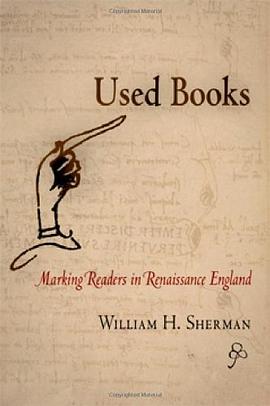

From the 1820s to the 1930s, Christian missionaries and federal agents launched a continent-wide assault against Indian sacred dance, song, ceremony, and healing ritual in an attempt to transform Indian peoples into American citizens. In spite of this century-long religious persecution, Native peoples continued to perform their sacred traditions and resist the foreign religions imposed on them, as well as to develop new practices that partook of both. At the same time, some whites began to explore Indian performance with interest, and even to promote Indian sacred traditions as a source of power for their own society. The varieties of Indian performance played a formative role in American culture and identity during a critical phase in the nation's development. In Medicine Bundle, Joshua David Bellin examines the complex issues surrounding Indian sacred performance in its manifold and intimate relationships with texts and images by both Indians and whites. From the paintings of George Catlin, the traveling showman who exploited Indian ceremonies for the entertainment of white audiences, to the autobiography of Black Elk, the Lakota holy man whose long life included stints as a dancer in Buffalo Bill's Wild West show, a supplicant in the Ghost Dance movement, and a catechist in the Catholic Church, Bellin reframes American literature, culture, and identity as products of encounter with diverse performance traditions. Like the traditional medicine bundle of sacred objects bound together for ritual purposes, Indian performance and the performance of Indianness by whites and Indians alike are joined in a powerful intercultural knot.
具體描述
讀後感
評分
評分
評分
評分
用戶評價
相關圖書
本站所有內容均為互聯網搜索引擎提供的公開搜索信息,本站不存儲任何數據與內容,任何內容與數據均與本站無關,如有需要請聯繫相關搜索引擎包括但不限於百度,google,bing,sogou 等
© 2025 book.quotespace.org All Rights Reserved. 小美書屋 版权所有




















